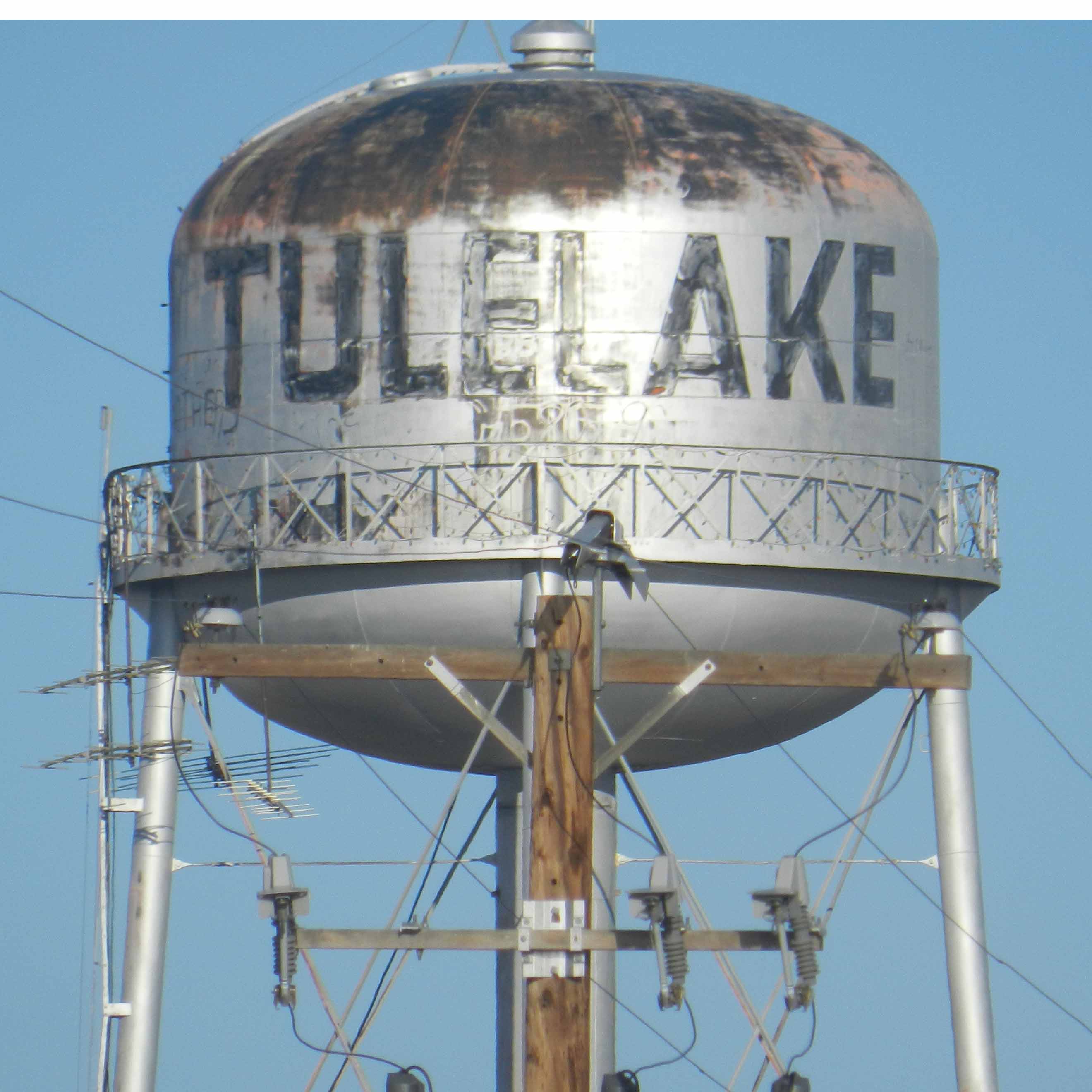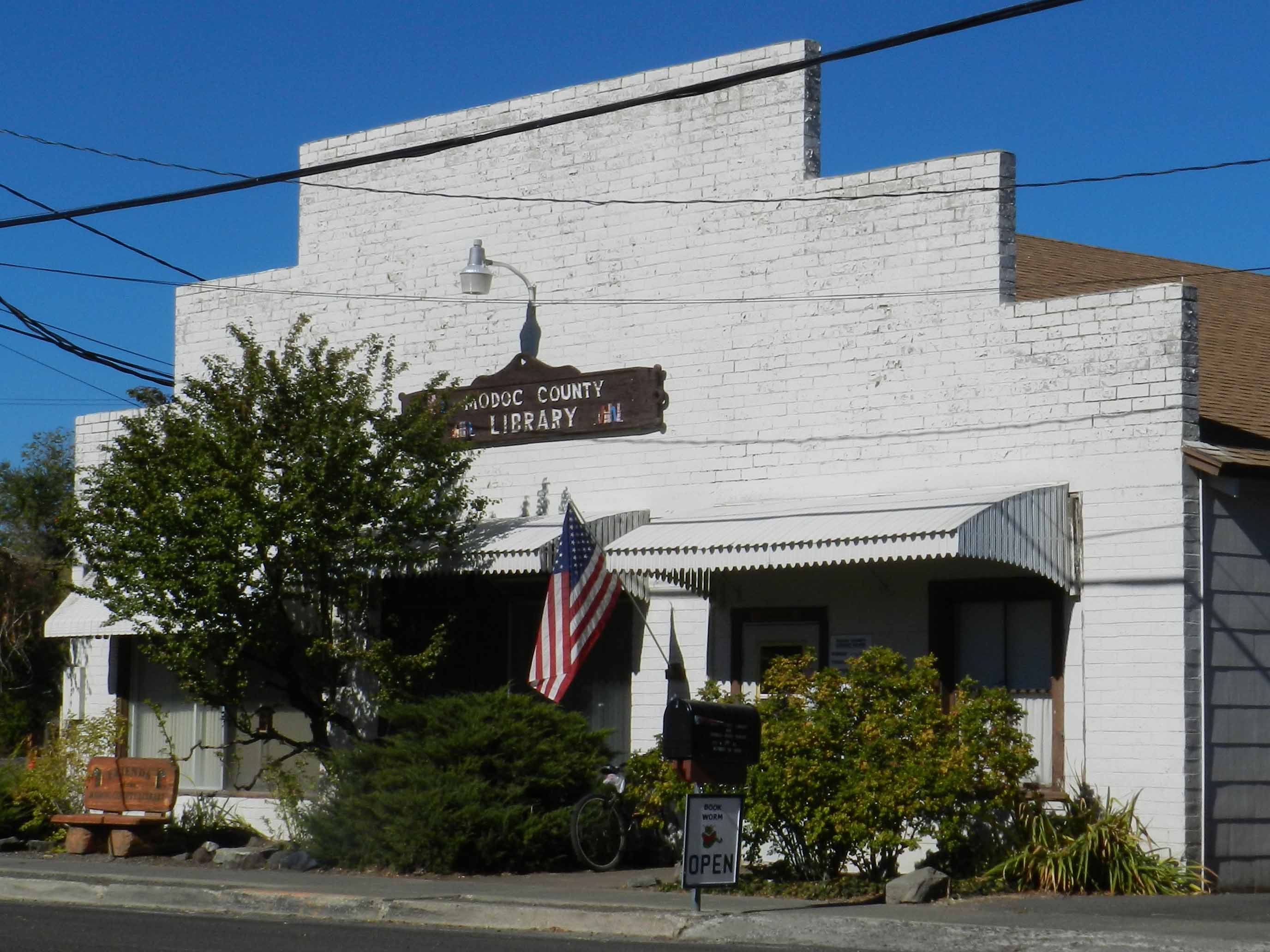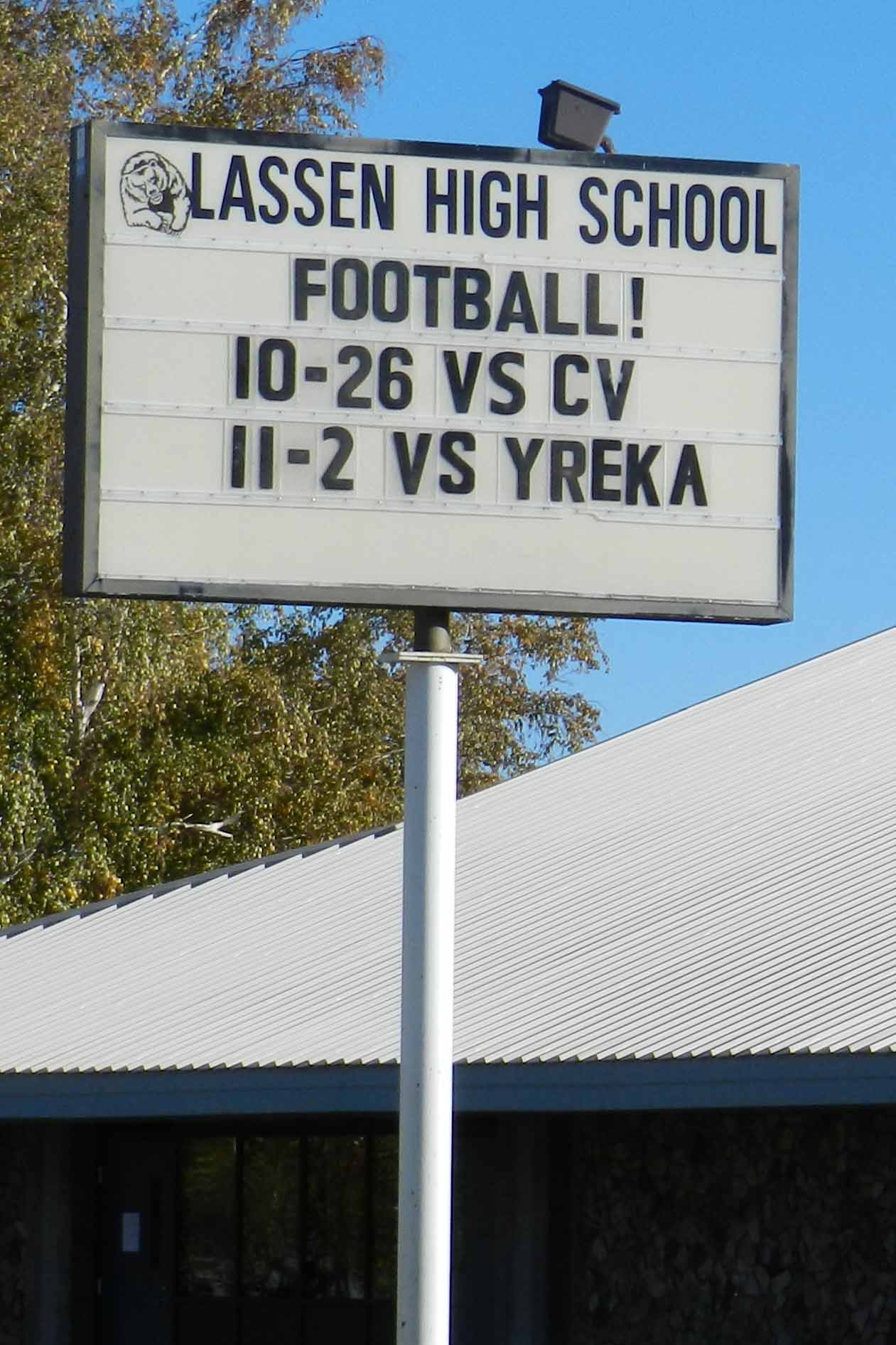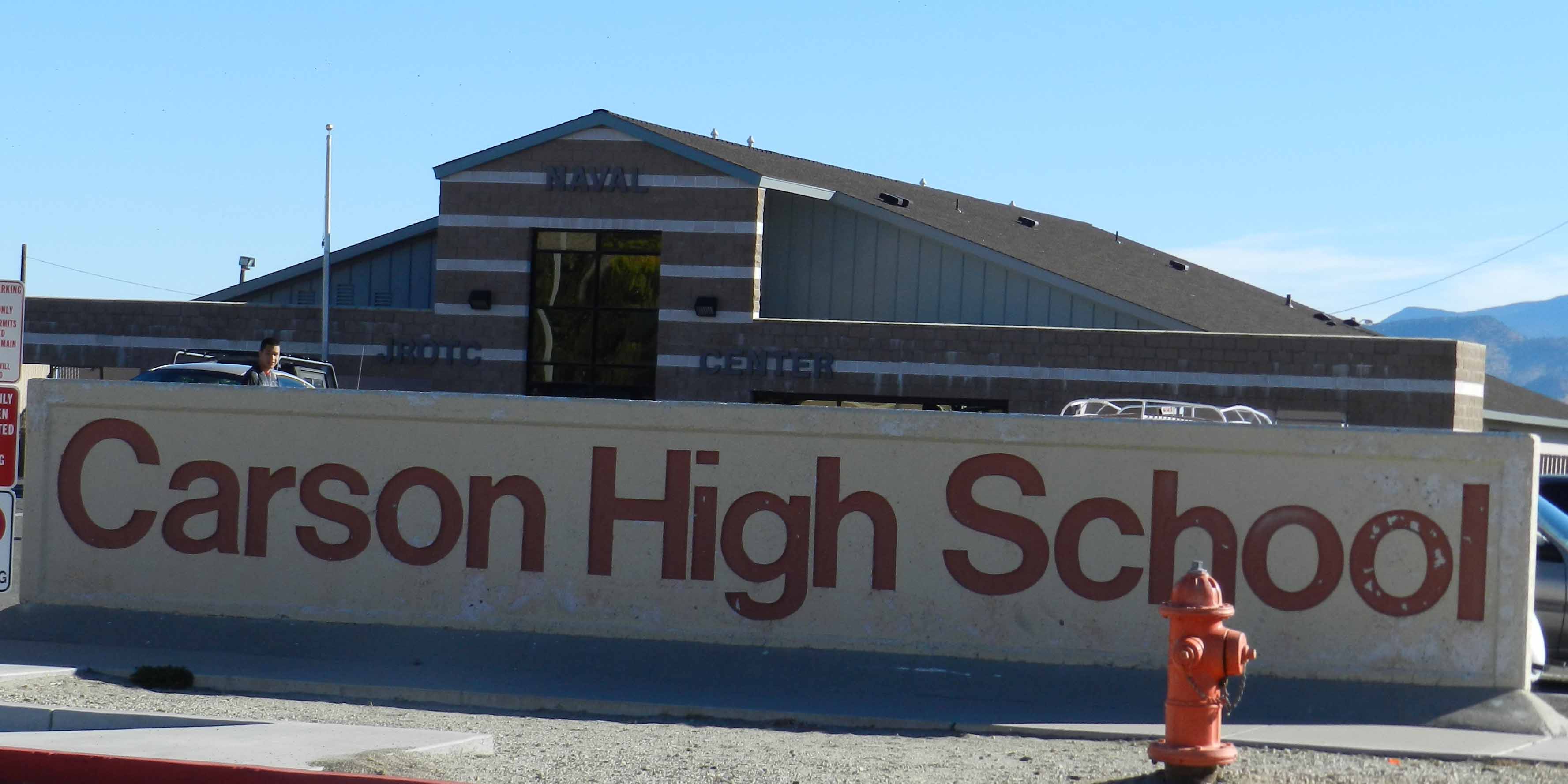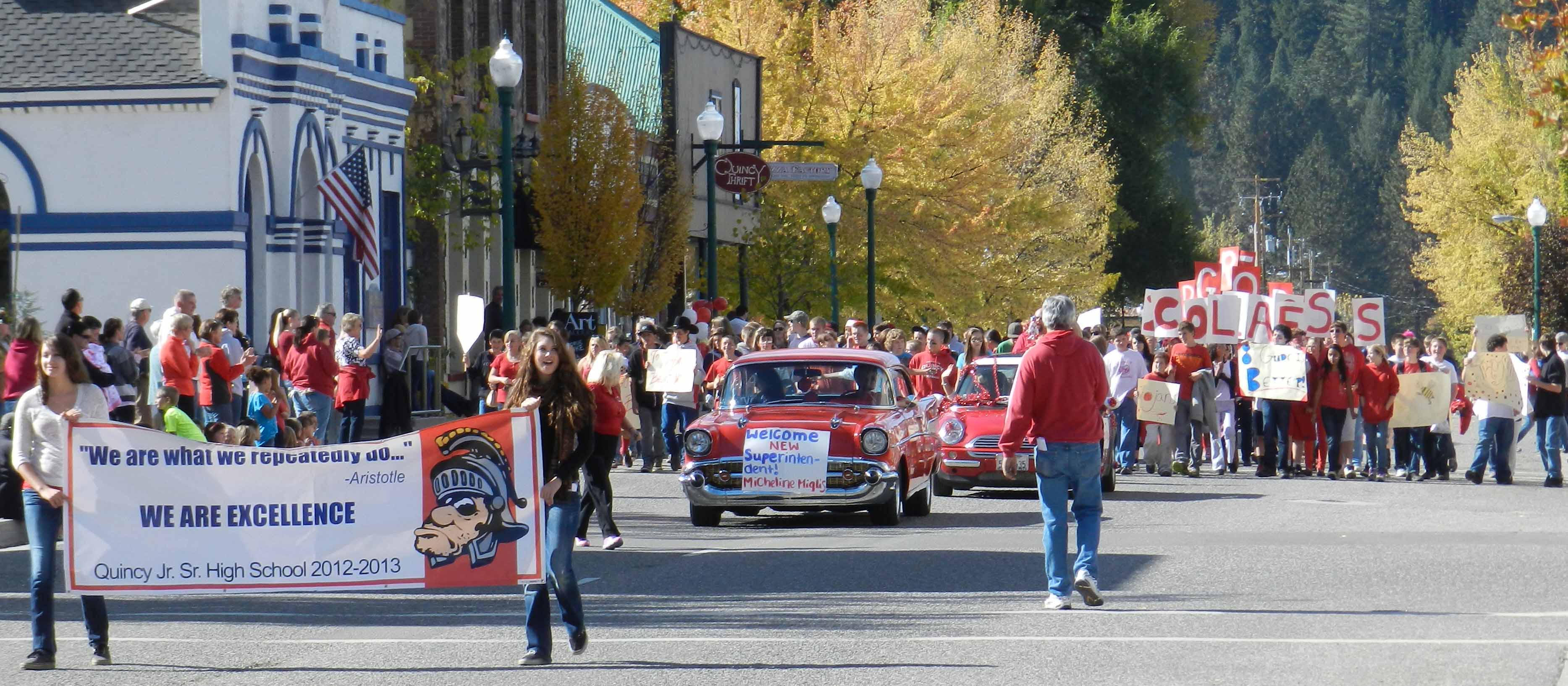This past weekend, fifteen telescope sites associated with RECON coordinated to collect data from a predicted occultation by Pluto. The most recent predictions prior to the event placed Pluto’s shadow in the Southern Hemisphere, but this occultation provided a good inaugural opportunity for the RECON network. While we are still in the process of confirming data collected from the network, preliminary reports back from each site indicate both successes as well as lessons learned. Below is a summary of preliminary reports:
Six of RECON teams were able to successfully get on the Pluto star field and record data during the predicted times. Given the challenges of the Pluto’s location low on the eastern horizon, this is a significant accomplishment!
Two teams were able to record data but got on the field about 10 minutes late. This is not surprising because Pluto was just rising and was very low in the eastern horizon, so there was limited time to get on the field.
One team faced cloudy conditions but was still able to do a three star alignment through holes in the cloud cover. The team also did a “precise-goto” and got near the Pluto field and start their recorder, but the clouds never cleared in the target region.
The remaining six teams dealt with various issues both in and out of their control and were not successful in recording data but learned good lessons. These involved making proper adjustments to the camera gain control, re-centering the telescope on the target field, dealing with mountains and trees on the horizon that blocked the rising star field, fighting power failures associated with a design flaw in the power connection for the CPC-11, and explaining to concerned passers-by what folks were doing out with telescopes at 1AM.
All in all, things went very well for this first observation campaign. There were great lessons learned and with just a little more time and practice we would have had at least eight and likely even more scopes on the field for the event. Also, I just received email confirmation from Marc that the occultation was detected at Cerro Tololo Inter-American Observatory (CTIO) in Chile. Marc will provide more details next week when he is back from Brazil.
Great job all!!! Feel free to add additional details of your experiences as a reply to this blog post.

